The length of time that someone is contagious with COVID depends on several factors. This includes if they have symptoms, are infected, and whether their disease has been found in their nose or throat (throat washings), feces (stool samples), blood (blood tests), or both. It also depends on how long they were exposed to the virus before showing symptoms.
Symptoms can include fever, cough, shortness of breath, vomiting, diarrhea, skin changes such as dry wrinkled skin or hives, and muscle aches. Some people may not show any signs at all – but you should still consider themselves at risk for infection because they could be spreading the illness without knowing it.
People who don’t experience symptoms can still spread the coronavirus to others, so staying up-to-date on infectious diseases and your personal health needs is important.
It’s impossible to tell exactly when someone will develop symptoms after being exposed to the virus, nor can we predict how many days those symptoms will last. However, there are some things we do know about COVID.
Medical experts use an average duration of seven days to determine how likely it is that one person has recently been in contact with the sick individual. That number refers to the amount of time since exposure until there are symptoms.
That means anyone who has been outside within the past week is potentially exposing themselves to the coronavirus.
The incubation period can vary
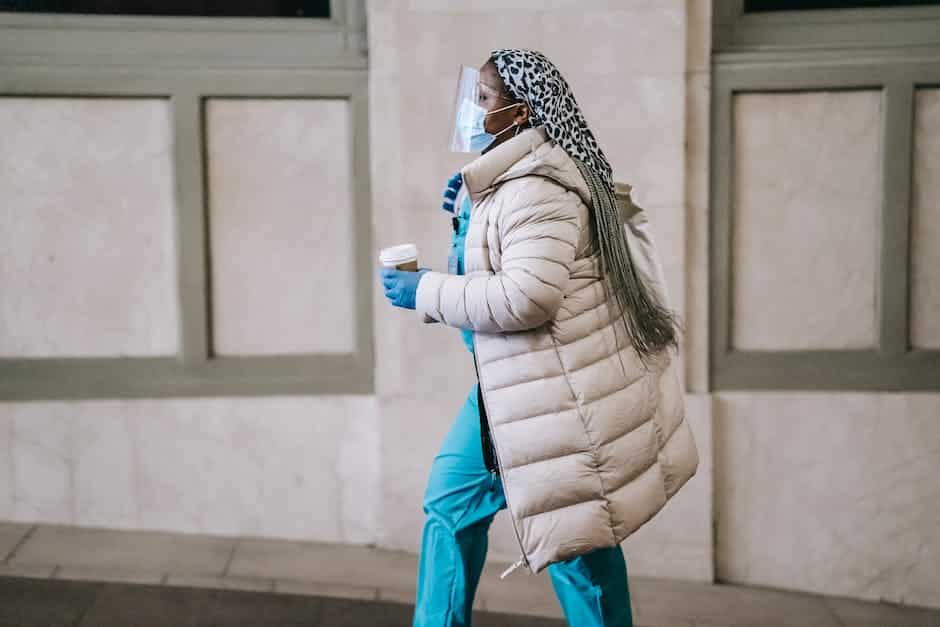
It’s important to remember that although most people become infectious around seven days after they show symptoms, this timing is not consistent for every individual. Some people are more contagious than others at any given time, making it hard to determine when someone will be able to spread the virus.
Some individuals are in fact never found to have an epidemic of COVID-19, even though they may have had symptoms. This means their presence in the population does not contribute to spreading the disease and so they do not pose a risk to anyone else.
However, there is some variability in how long patients remain infectious. In general, people begin recovering about two weeks after being diagnosed with COVID-19. (This process usually includes recovery of normal breathing, improved appetite, and reduced fever and fatigue.)
During this time, many individuals continue to test positive for the coronavirus. However, these tests start to come down as the patient recovers and false positives occur because your body still has leftover antibodies.
Making assumptions about whether or not someone is no longer infectious before they actually recover can lead to erroneous conclusions. Because of this, experts recommend waiting until six months after symptom disappearance to consider someone recovered.
Shedding of the virus typically drops to almost zero once you have been cured, but it can take up to five months depending on each person’s immune system.
You should self-isolate for 14 days
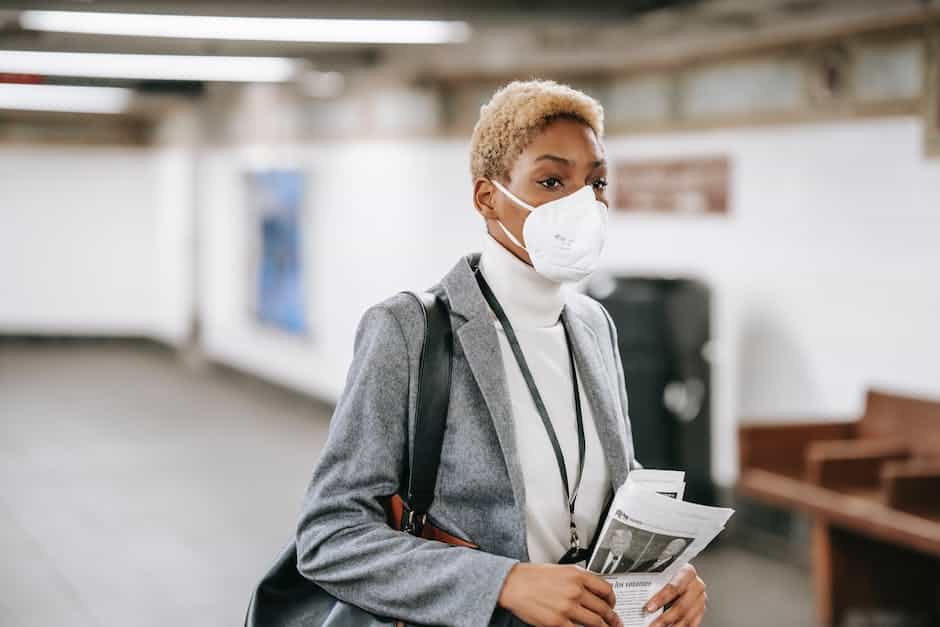
After you are symptomatic, or feel symptoms such as fever, cough, short of breath, or red eyes, you should stay in home quarantine for at least another two weeks to prevent spread of the virus.
This is called your “recovered” period because during this time there is no risk of infection. Some people remain contagious even after they have recovered so it is important to be aware how long their infectious period is!
After the first week, most people begin to recover on their own. There are several different therapies that can help ease symptoms and restore normal functioning.
These include pain relievers, antibiotics if needed, rest, and nutrition. People usually start recovering around 2–7 days depending on individual differences and recovery rates.
It is very helpful to know how many days past exposure before seeking medical care to avoid spreading the disease. The length of time since exposure varies person by person and situation so it cannot be said with certainty how long it takes until someone recovers.
There are many different ways to be contagious

People often refer to someone as being “contagious” when they believe that person is infected with or suffers from a disease. However, there is no clear definition of what it means to be contagious.
Some say people are only considered contagious if they have symptoms of the disease, but this may not be true for all diseases. For example, someone who has a cold can spread their nasal fluids around which can infect others, but most people know this so we don’t consider them infectious. (Note though that some countries do make being in contact with liquid droplets from your nose punishable by law.)
There is one type of individual that is always defined as being contagious, at least according to the Centers for Disease Control and Prevention (CDC). This is someone who is actively sick with a disease. Someone like this could be diagnosed with the flu, for instance.
However, even individuals who are healthy can still transmit coronavirus if they are in close proximity to someone who is suffering from the virus. This happens when someone with covid spreads his or her mucus or saliva through sneezing, coughing, or touching objects such as handles of an airplane where other passengers might later touch them.
Touching your face is very important
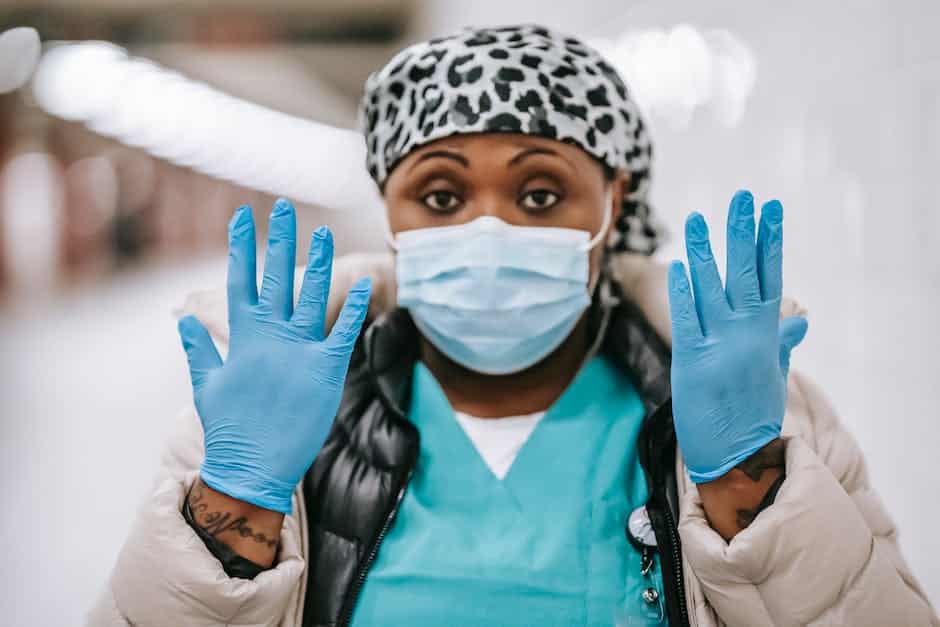
When you do this, you are touching your hands to various areas of your face. This includes washing your hands, scrubbing your mouth, nose picking, and wiping yourself with a wet paper towel or using a washcloth to wipe off all possible exposure points.
If you are wearing glasses, make sure to take them off first before cleaning your eyes as dirt could get in and infect your eye area.
You also should never eat while being contagious as that would spread germs even more. If you must eat, use a clean hand for eating and discard the used hand immediately afterwards!
This article will go into much greater detail about how to properly wash your hands so check out those parts too.
Avoid close contact with anyone who is sick
Recent studies show that people are contagious for at least four days before they develop symptoms, and the number of days a person can be considered infectious varies depending on their health condition. This means that even if you do not have COVID-19 yourself, it could still be spread to someone else by being in a contaminated area or surface for too long.
Avoid close contact with anyone who is ill. If you must meet with someone, keep an appropriate distance between you. Use of good hand hygiene (washing your hands regularly) is important to prevent spreading the infection.
People usually start showing flu like symptoms five days after contracting the virus, so it’s important to know how to protect others from getting infected. Unfortunately, there is no cure currently for coronavirus disease, but staying informed and practicing basic self care will help you feel better and avoid exposing others to the illness.
Avoid touching your face
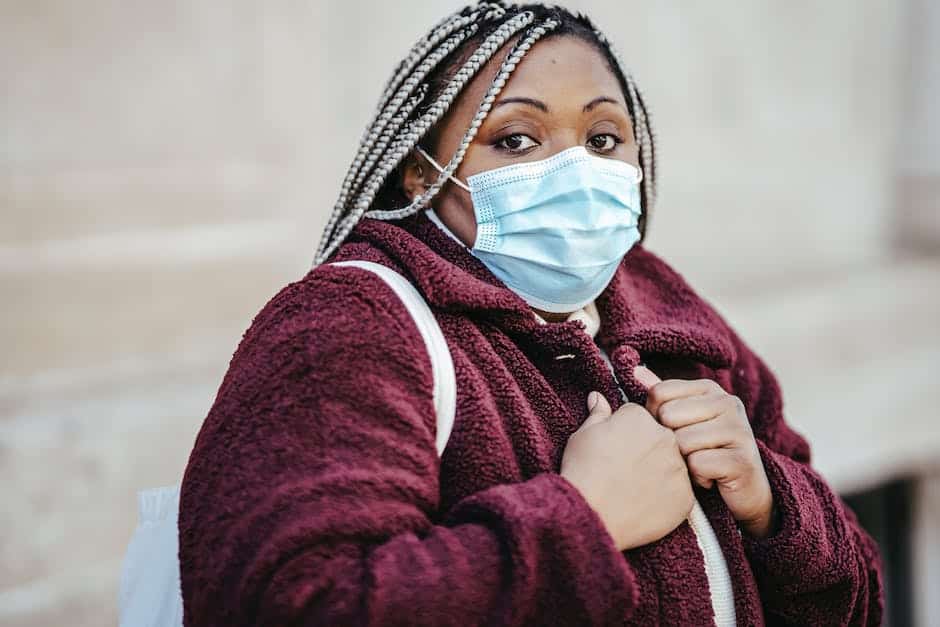
We’ve all heard that frequent hand washing is important to prevent the spread of infectious diseases, but some ways are more risky than others. Unfortunately, with this virus, there are no set guidelines – it depends on how you interact with the environment and what kind of contact you have with your hands or your mouth!
One of the things people often question about social distancing is whether it’s necessary for only eight minutes at a time. It turns out that it’s not actually that long until you do something like breathe heavily!
That means if you just walked up the stairs, you don’t need to wash your hands right away because you didn’t really do anything other than walk. And while most experts agree that you should be careful for seven days after someone around you has symptoms, they also note that even individuals who aren’t infected can spread the disease when they use common areas such as bathrooms and toilets.
So instead of thinking about these eight minute times as hard rules, think of them as recommendations rather than orders.
Avoid coughing
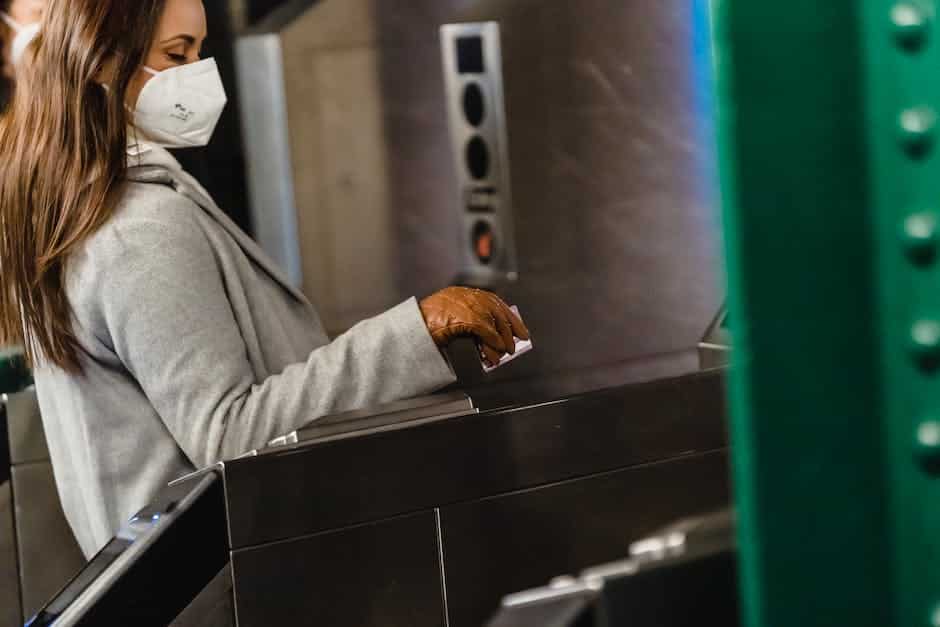
When you are at home, stay in close proximity to other people as much as possible. If you have to go out, try to do it early in the day or late in the night when there are less people around.
Avoid touching your mouth, nose, and eyes with unwashed hands. This is especially important if you will be using those things later!
Practice frequent hand washing — use an alcohol-based hand sanitizer that is at least 60% alcohol. Use a good amount – enough so that your hands feel dry but not too much so that you develop a skin layer of sanitizer.
Stay away from crowded places and practices social distancing by staying six feet apart when outside.
You can also put used tissues in a bag or container and throw them into a communal trash bin or wash them immediately under running water. Make sure to sneeze into your sleeve or a tissue instead of letting it hit your hand.
Washing your hands often and thoroughly
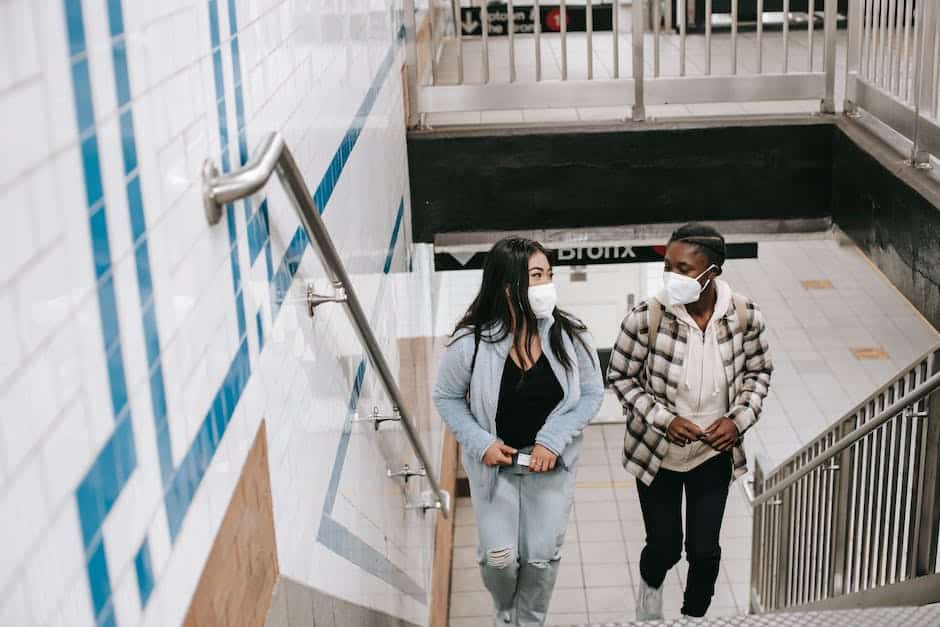
When we say that someone is contagious, what we mean is they can spread their virus to others. This happens when you are in close contact with them or they get infected and then they transmit the infection to you.
The length of time for which an individual is infectious varies depending on the disease. Some diseases don’t take longer than one hour after exposure before symptoms occur so people working during this time could be potentially spreading the illness.
For more serious illnesses like measles, HIV, Ebola and flu, individuals are considered infectious up until they start showing symptoms. This way, anyone around the person while they are sick can be protected from getting affected.
Meaning, if a friend comes across as being ill, it’s best to stay at least two meters away from them (or six feet) to avoid coming into contact with the germs they may have left behind.

